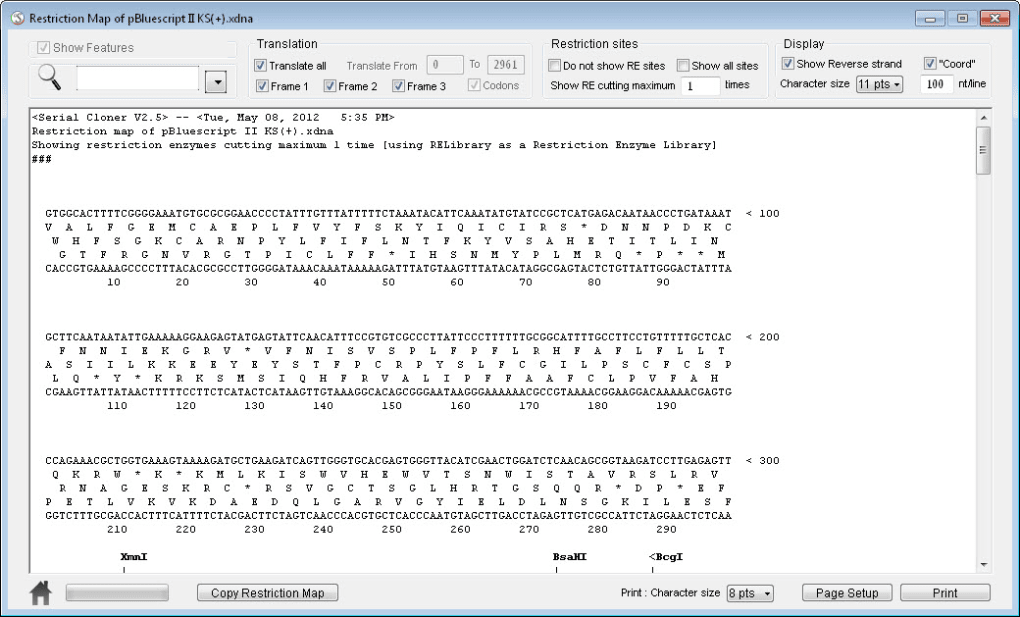

Although insertion of exogenously supplied DNA into plant genomes has been possible for many years via Agrobacterium-mediated transformation or physical delivery, location was impossible to control precisely. First on the scene were Zinc-finger nucleases ( Kim et al., 1996) followed by transcription activator-like effector nucleases (TALENS) ( Christian et al., 2010) and, more recently, clustered regularly interspaced short palindromic repeats (CRISPR) systems, especially the SpCas9 ( Jinek et al., 2012) which was the first CRISPR nuclease reported to function in plants ( Feng et al., 2013 Li et al., 2013 Nekrasov et al., 2013 Shan et al., 2013 Xie and Yang, 2013). Genome editing has exploded in recent years due to advances in programmable nucleases which allow a double-stranded DNA break to be created at a predefined locus. Thus, physical proximity of target and donor sites may be a factor in successful gene targeting. In the successful non-replicon approach, heritable gene targeting events were obtained in T1, and subsequently, the T-DNA was found to be linked to the targeted locus. Investigation indicated that high copy numbers of repair template created by the replicon approach cause false-positive PCR results which are indistinguishable at the sequence level to true GT events in junction PCR screens widely used in GT studies. However, none of the 17 lines screened in T1 gave rise to significant or heritable gene targeting events despite screening twice the number of plants in T1 compared with the non-replicon strategy. When the replicon was included, 39 T0 plants were produced and shown to have high copy numbers of the repair template. From one of these T0 plants, three independent gene targeting events were identified, two of which were heritable. Starting from 14 original transgenic plants, two plants appeared to have the required gene targeting event. Without the replicon, we were able to delete 150 bp of the coding sequence of our target gene whilst simultaneously fusing in-frame mCherry in its place. Here, we describe successful, heritable gene targeting in barley at the target site of Cas9 using an in-planta strategy but fail to achieve the same using a wheat dwarf virus replicon to increase the copy number of the repair template. A desirable application of genome editing is gene targeting (GT), as it allows a wide range of precise modifications however, this remains inefficient especially in key crop species. John Innes Centre, Norwich Research Park, Norwich, United KingdomĪdvances in the use of RNA-guided Cas9-based genome editing in plants have been rapid over the last few years.Tom Lawrenson, Alison Hinchliffe, Martha Clarke, Yvie Morgan and Wendy Harwood *


 0 kommentar(er)
0 kommentar(er)
